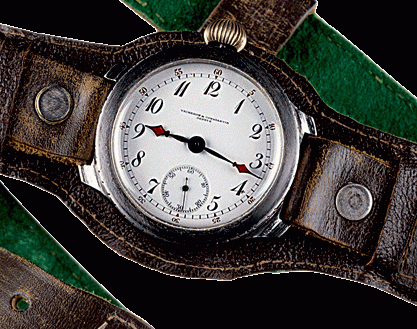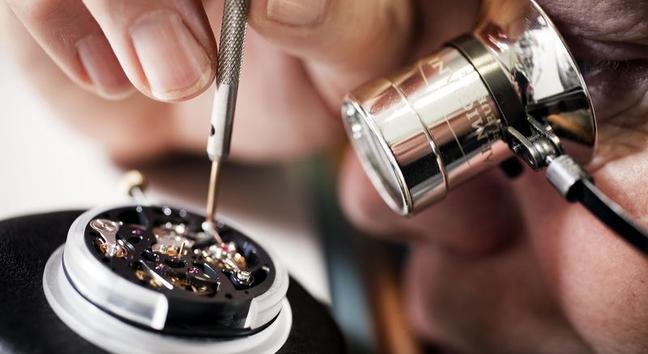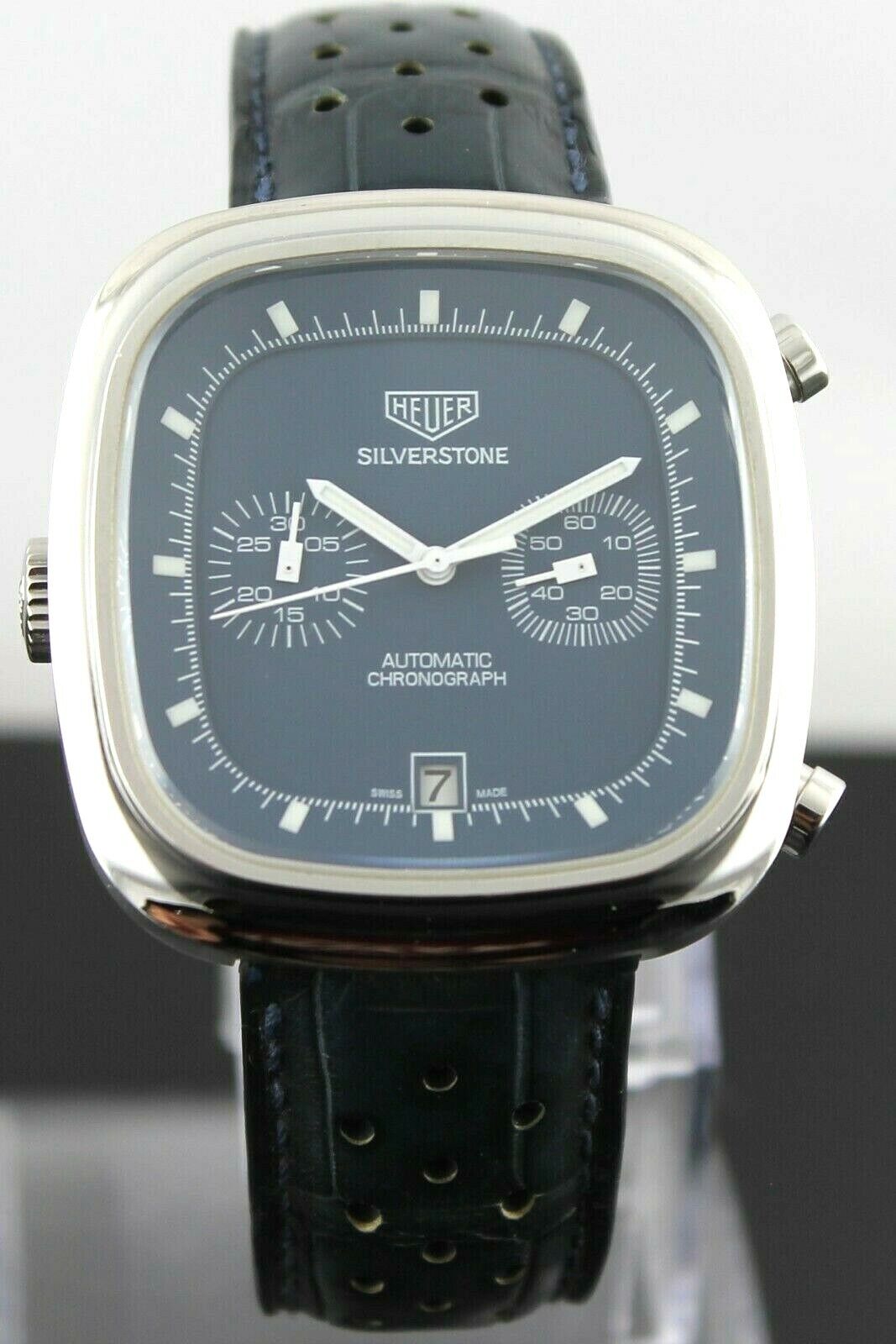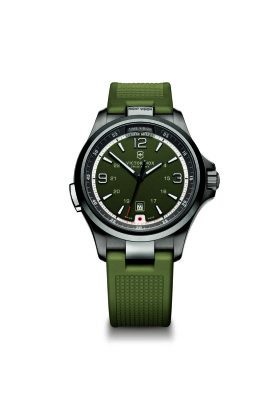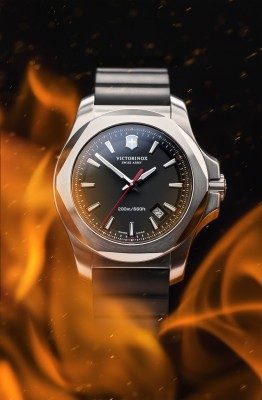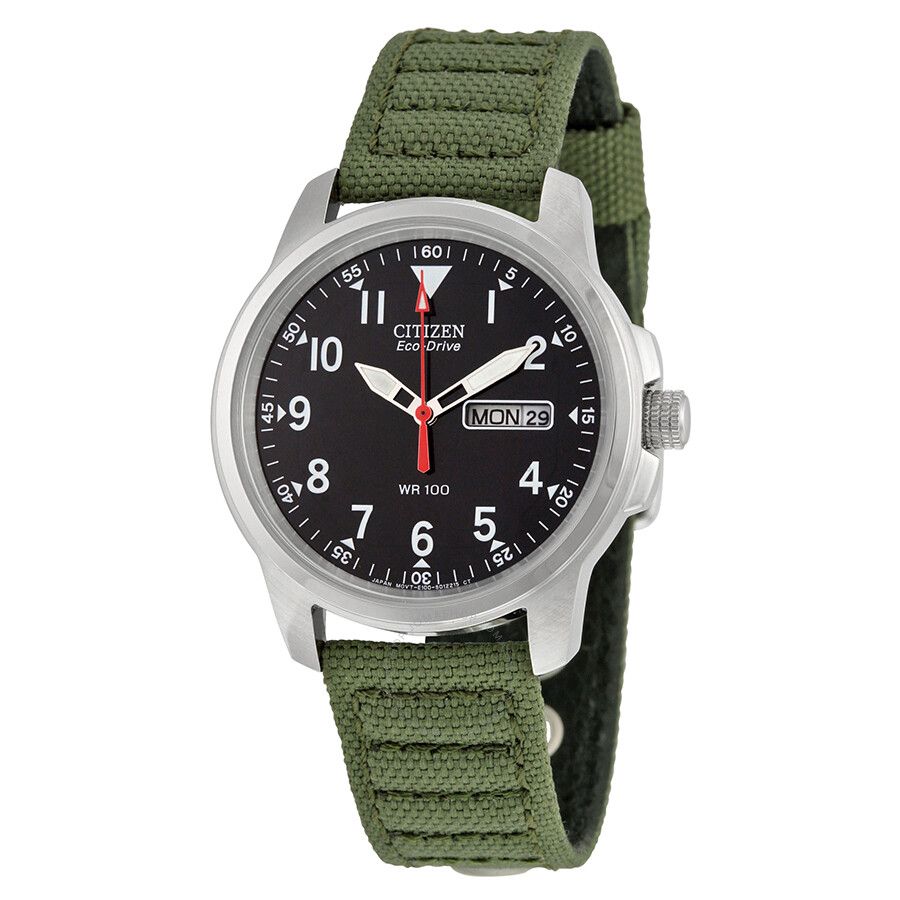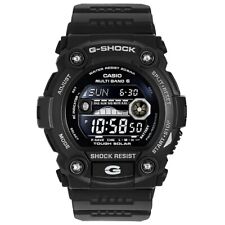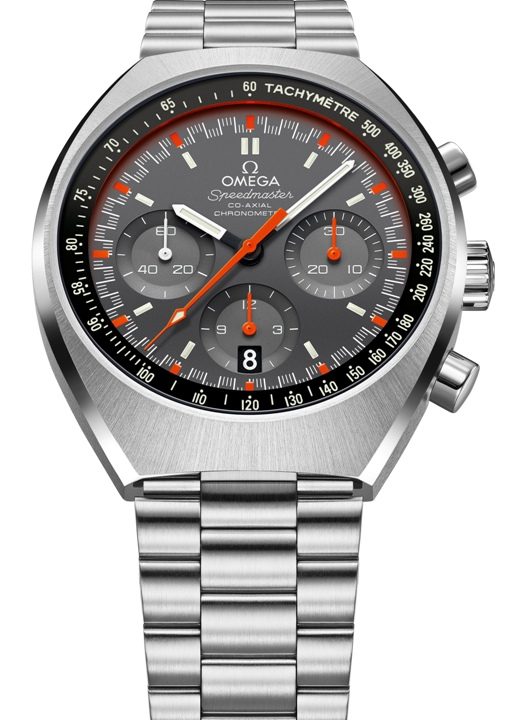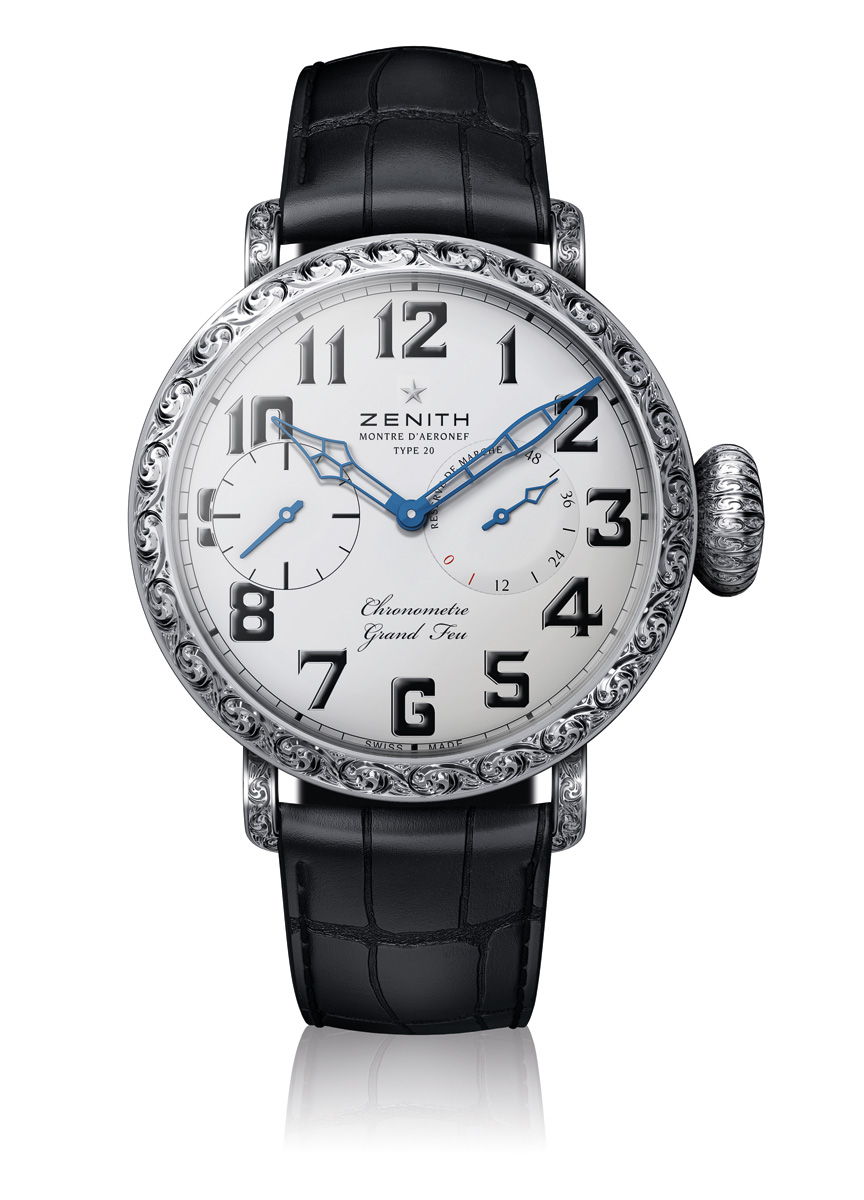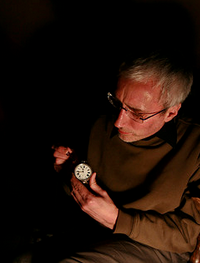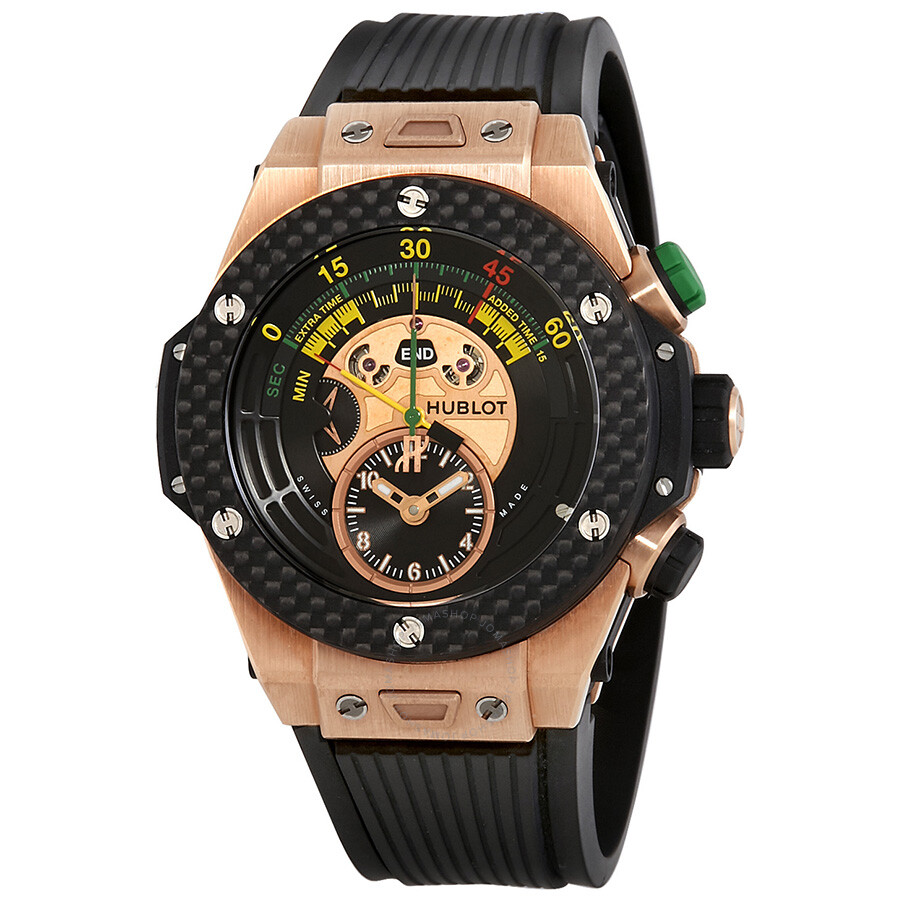 The Olympic winter games of 2014 ceremony were celebrated in Sochi on February 7. The omega clocks in this grand opening were spread all over the Russian territory and these opening events were finished within a few days. The Omega is now ready to rule with its costume and official timekeeper for almost twenty sixth times. Since 1936, Omega started as a very first winter games of Olympic in Garmisch-Partenkirchen in Germany. There was a technician who was accountable for providing twenty seven OMEGA watches among all the events. This brand is expanding its tradition of modernism. The Omega is introducing and developing extremely sophisticated and latest technologies in the sports world for timekeeping. The presence of Omega is hardly unnoticed even at winter games of Olympic 2014.
The Olympic winter games of 2014 ceremony were celebrated in Sochi on February 7. The omega clocks in this grand opening were spread all over the Russian territory and these opening events were finished within a few days. The Omega is now ready to rule with its costume and official timekeeper for almost twenty sixth times. Since 1936, Omega started as a very first winter games of Olympic in Garmisch-Partenkirchen in Germany. There was a technician who was accountable for providing twenty seven OMEGA watches among all the events. This brand is expanding its tradition of modernism. The Omega is introducing and developing extremely sophisticated and latest technologies in the sports world for timekeeping. The presence of Omega is hardly unnoticed even at winter games of Olympic 2014.
260 on-site practitioners, backed by 170 people specially qualified volunteers supported 230 tons of apparatus that included almost thirty public billboards. Along with a decisively anchored world of sports civilization, OMEGA is announcing this with great please that it is participating in new Olympic and in Paralympic Games that include greatest athletes of the world who compete for gold. As an Official Timekeeper, the brand OMEGA is working with the IOC sports foundations as well as with the athletes for ensuring that the technologies of timekeeping could decide the situations that are undecided according to the Olympic spirit.
GREAT TIMING OF OLYMPIC WINTER GAMES
On the events of winter games of Olympic 2014 held in Sochi, the official timekeeper, Omega is boasting over hundred years experience of international sports events as well as the Olympic legacy that are being arranged since 1932. The timing and treatment of the teams of Omega will be build by expertise garnered for almost 25 editions of skills of athletes of Olympics that are having brands that have unrivaled reputation of sports timekeeping games. Below is a demonstration of mainly important Olympic Games of OMEGA in 1932. Such an edition was landmark in the sports history timekeeping. Omega is the administrator timekeeper of Olympic Games held in Los Angeles that provide 30 high accuracy chronographs which benefit all the chronometer documentation issued by COSC in Neuchâtel. Such a certificate of accurateness plays an important role in final choice of IOC. The official results are expressed in short duration.


The Omega scope is allowing the introduction and concept of time reality in the sports that broadcast through the inlay bright numbers at the bottom of the screen. A revolution in timing that leaves no margin of error to the amount the information is shared with millions viewers. This instrument was used during the Winter Games in Innsbruck in 1964, which was the first fully electronic publishing. Never before have people not present at the place of competition could not be informed as soon results. Results and arithmetical analyzes are delivered to judges, coaches, media, and to public. The birth of the photo printer helps in the distribution of results faster than ever. All these elements mark a turning point for OMEGA and these are entering in the era of modern timekeeping. On the occasion of the Olympic Games of Winter 1992 Albertville, test speed skating has the Omega System Scan-O-Vision, which makes digital measurements with millisecond when crossing the finish line. This device enables shooting time by synthesizing the times and the image continues in a single document. A new chapter opens for the science of timekeeping. 2006 At the Winter Games in Turin in 2006, transponders are attached to the ankles of speed skaters to allow officials to measure sudden acceleration, the speed reached in turns hairpin or from falls caused by contact. 2010 The great technological first Winter Olympics in Vancouver was the new electronic starting system. One of the most iconic objects of the Olympic Games is unquestionably the starter pistol evoking worthy revolvers famous westerns. But in Vancouver, this accessory is replaced by a futuristic and aerodynamic device consisting of a flash gun coupled with a sound generator. When the starter pulls the trigger, this causes three simultaneous events: the emission of a sound, projecting a ray of light and the onset of the timing system. It is possible to change the sounds and download computer.
TIMING TECHNOLOGIES AT WORK TO WINTER GAMES MOSCOW 2014 OLYMPIC OMEGA
Unit of measure: Speed and acceleration bobsleigh OMEGA usher in Sochi technology to provide instant competitors, their team and viewers worldwide critical data during bobsled races. This information will be collected through a measurement unit mounted on each OMEGA bobsleigh. This innovative device consists of a speed sensor, a sensor 3D acceleration and 3D gyro sensor all that transmit data in real time. Speed sensor records the speed of the bob on the entire journey. 3D gyro sensor continuously determines the angular velocity of the bob. The angular velocity measures the speed of the bob in the galleries, usually expressed in revolutions per unit of time. The direction of the angular velocity vector is orthogonal to the plane of rotation. 3D acceleration sensor provides continuously evaluate the forces exerted on the driver during the course, each measuring a different parameter axis. OMEGA is the unit of measurement is a valuable aid for bobsledders and their team. It gives them access to instant data that allow them to adapt and optimize their training programs accordingly Development Phase Development of the measuring unit OMEGA that began in October 2011, presented challenges predominantly that were interesting.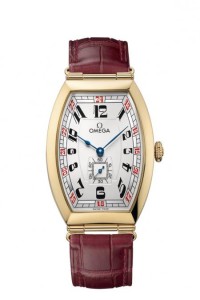
On the one hand, the data should be sufficiently comprehensive to provide depth to coaches and technicians after racing analysis. On the other hand, it appeared necessary to ensure wireless transmission combined with a simple and effective treatment of data to ensure the real-time display of information almost instantaneously. Development of this device was initially performed in part of the circuit Monobob Omega Series championship bob car launched by the brand. The configuration of these small cars bobs has perfected this technology very quickly. A relatively simple prototype has been assembled. At this stage of the design, the engineers had left out certain functions such as the wireless transmission, which would prove crucial later. The sensor data was to be connected to a mini-board computer in the recessed frame bob. Naturally, the prototype was so heavy and bulky, but the three sensors working properly. In early 2012, a first video clip was available, consisting of shooting live associated with integrated graphics overlay after the race from the synchronized data generated by the sensors. Much of 2012 was devoted to the improving the system of wireless transmission. After months of evaluation followed by a remodeling of the prototype unit was ready for an intensive test phase at the edge of the 2012/2013 season. It quickly became apparent that most of the original objectives were met, including the transmission of live data and overlay information from multiple bobs on TV screens. Having fully meets the testing phases, the unit OMEGA measurement is ready to add another bit of adrenaline in bobsleigh at the Olympic Winter Games in Sochi 2014. On the finish line, it was replaced by a photoelectric cell ultra-sensitive instantly stop the chronograph, while an electric current ultra fast ended inconsistencies due to time varying reaction timekeepers. During sprints and races with group arrived, it was sometimes difficult to distinguish each athlete adjuncts had to be used in addition photocells. Photoelectric cells placed at the finish line were much more powerful than all the devices used so far and eventually supplant the traditional ribbon. Since the Vancouver Winter Olympic Games 2010, the photo-finish camera OMEGA used to establish the final lap when racing competitors. During skating speed, the times stop simultaneously on billboards and graphics overlay TV screens at the moment one of the pads of the athlete crosses the finish line. But finally, the official result is recorded by the photo-finish camera time. The woman still managed to extend his leg so that the tip of his shoe could cross the line with sufficient lap to win the race photocells. There are two photocells at the end of the runway, arranged at different heights to ensure their release by the skates or skis athlete and not other parts of the body. For accurate results, the two photocells must trigger in order to establish and record the running time. There are key elements to establish the results in a track event. OMEGA used photoelectric cell for the first time at the Summer Games in London 1948. The photo-finish camera slot, developed by the British company Race Finish Recording Company and now ubiquitous, also made its debut at the Olympic Games. This photocell was able to determine exactly when runners crossed the finish line. However, in a test like running 100 meters, the athletes were so tight on the finish line it was impossible to determine the order of finish without a shadow of a doubt. The photo-finish camera recorded an image that could be developed in about eight minutes, thus removing any doubt on the podium contenders. More than sixty years after the introduction of these revolutionary technologies, devices that succeeded them remain essential in the field of sports timekeeping. The combined use of the photoelectric images and photo-finish cell has forever changed the way time sporting events. Transponders In sports such as biathlon, speed skating or snowboard cross, very light and transponders discrete two legs are attached to each competitor to allow OMEGA to measure, store and display time and intermediate classifications of athletes and teams during the course of the race. Starting gate Snowgate In Sochi, Skiers will start from a starting gate by the name of Snowgate. With this technology, the clock starts when the wand door is exactly the same angle for each competitor. The control box is connected to the gate has a system recovery in case of unexpected malfunction.


Male and female Alpine skiing became an Olympic sport at the Games in Garmisch-Partenkirchen in 1936. In 1948, separate downhill and slalom races were added. The super-combined appeared in 1988 in the Calgary Games.

